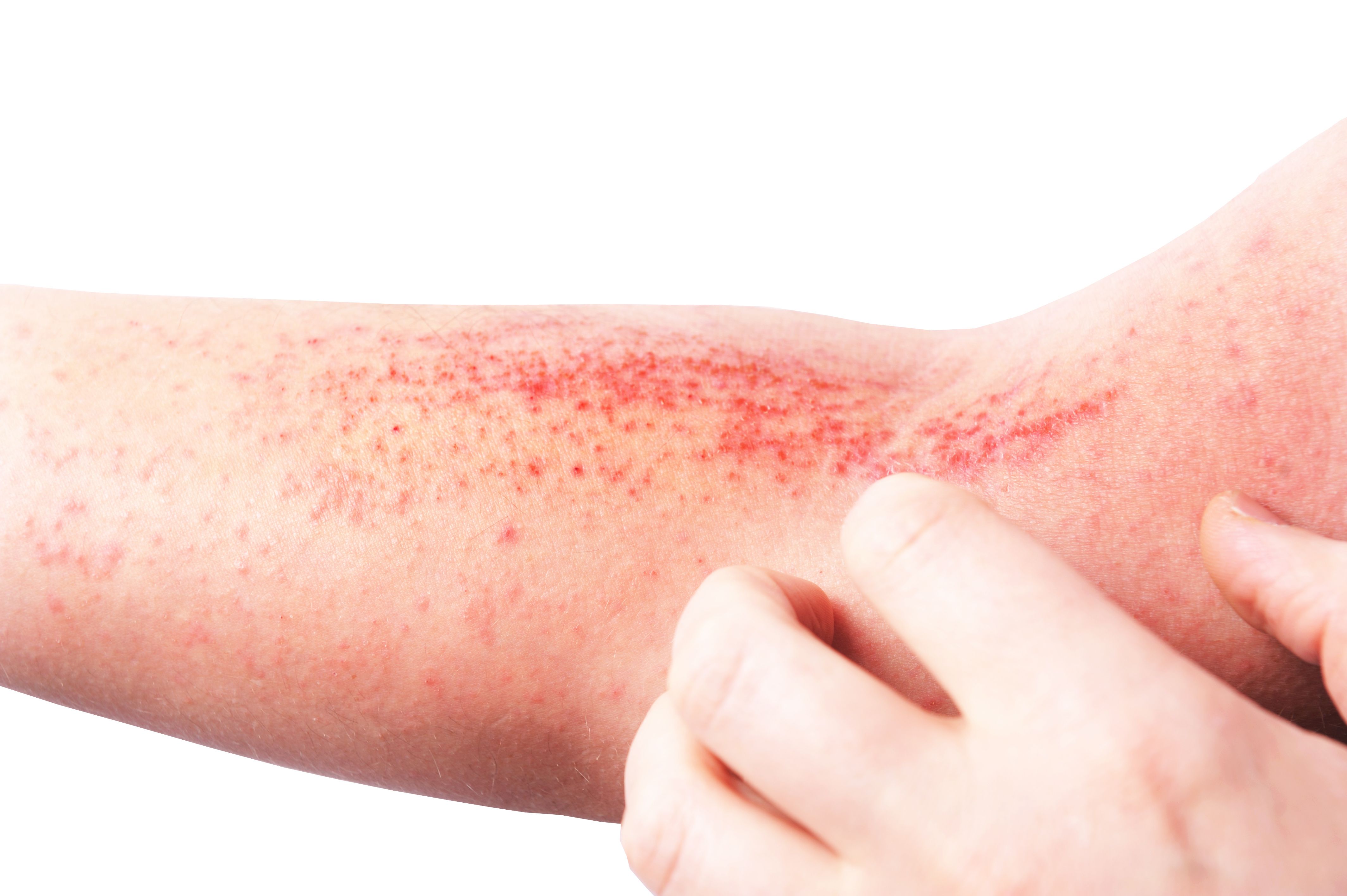American Academy of Dermatology Updates Guidelines on Atopic Dermatitis Treatments
The guidelines strongly recommend topical corticosteroids for adults, as well as the intermittent use of medium-potency topical corticosteroids as maintenance therapy (two times per week) to reduce disease flares and relapse.
© lial88 stock.adobe.come

“New evidence has emerged” since the 2014 guidelines for the management of atopic dermatitis with topical therapies, so the American Academy of Dermatology has updated the recommendations.
Despite advances in systemic therapy, topic therapies “remain the mainstay of treatment,” the AAD report says, due to their proven track record and generally favorable safety profile.
Based on a review of data from 368 randomized clinical trials, a multidisciplinary working group developed 12 recommendations on the management of atopic dermatitis in adults. Their recommendations address nonprescription agents and prescription topical corticosteroids, calcineurin inhibitors, Janus kinase inhibitors, phosphodiesterase-4 inhibitors, antimicrobials, and antihistamines.
For nonprescription therapies, the group strongly recommends use of moisturizers. They note, though, that using a particular moisturizer or active ingredient in an emollient cannot be recommended based on limited available evidence.
They conditionally recommend bathing and wet dressings. (Conditional recommendations are those for which benefits are closely balanced with risks and burden; treatment may differ depending on the patient.)
For topical calcineurin inhibitors (TCIs), they strongly recommend tacrolimus 0.03% or 0.1% ointment; for adults with mild-to-moderate atopic dermatitis, they recommend pimecrolimus 1% cream. Although the FDA’s black box warning of an elevated risk of cancer “may worry some clinicians and patients,” the group says, several long-term safety studies suggest an increased relative risk of lymphoma with TCIs but not other cancers. And given “the low absolute risk of lymphoma, cancer risk from TCIs is likely not clinically meaningful,” they conclude.
Based on two decades of use as well as “overwhelming literature and high-certainty evidence,” the group strongly recommends topical corticosteroids for adults, as well as the intermittent use of medium-potency topical corticosteroids as maintenance therapy (two times per week) to reduce disease flares and relapse. When choosing a steroid potency, the group says, it’s important to consider the anatomical site (i.e., using lower potency agents on the face, neck, genitals, and body folds).
In the category of topical PDE-4 inhibitors, the group strongly recommends crisaborole ointment, approved by the FDA in 2016 for adults with mild-to-moderate atopic dermatitis. They cite, for instance, two identical trials of 1,016 atopic dermatitis patients (ages 2 to 79) that found significantly more patients treated with crisaborole who achieved Investigator’s Static Global Assessment success (clear or almost clear) from baseline. They add that crisaborole has also demonstrated efficacy in reducing pruritus and “appears to have a favorable safety profile.”
Topical ruxolitinib 1.5% cream, a JAK inhibitor, is strongly recommended for adults with mild-to-moderate atopic dermatits, based on moderate-certainty evidence. However, the group cautions, this recommendation is based on current short-term efficacy and safety data and may require updating as long-term safety data become available.
The working group conditionally recommends against the use of topical antimicrobials, topical antihistamines, and topical antiseptics for atopic dermatitis in adults. For patients with moderate-to-severe atopic dermatitis and clinical signs of secondary bacterial infection, they note, bleach baths of topical sodium hypochlorite “may be suggested to reduce disease severity.”
Despite the large body of evidence they reviewed, the group says “[t]here are significant gaps in our current understanding of various topical AD (atopic dermatitis) therapies.” They would like to see more studies on changes in the cutaneous microbiome, use in diverse populations, and quality of life and other “patient-important outcomes.”
Roflumilast Foam Showed Strong Results for Scalp and Body Psoriasis in Teens and Adults
May 7th 2025A new JAMA Dermatology study found that once-daily Zoryve (roflumilast) foam, 0.3%, safely and effectively reduced scalp and body plaque psoriasis symptoms in patients 12 and older, offering a convenient, and more tolerated treatment option that may boost adherence and quality of life.
Read More
Patients With Atopic Dermatitis Turn to Social Media but Trust Medical Advice Most
May 5th 2025A study found that while patients with atopic dermatitis often turn to social media for skincare advice, their decisions are most influenced by healthcare professionals, personal experience, and disease severity.
Read More
Most Patients With HS Aren’t Aware of Approved Treatments
May 1st 2025Treating hidradenitis suppurativa is complex and often requires taking a number of medications, including antibiotics, hormone therapies and immunosuppressants. However, many of these treatments are used off-label, and at this time, only two biologic therapies—Humira (adalimumab) and Cosentyx (secukinumab)— are approved by the FDA for HS treatment.
Read More
Experts Explore Causes and Care for Chronic Itch
April 22nd 2025In a recent discussion with Managed Healthcare Executive, three leading dermatologists and itch experts—Shawn Kwatra, M.D., Brian Kim, M.D., and Gil Yosipovitch, M.D.—shared where the science is going, what’s holding it back and how the healthcare system can better support patients.
Read More
Insights Into Chronic Itch From Shawn Kwatra, M.D.
April 15th 2025A Q&A between Shawn Kwatra, M.D., professor and chair of dermatology at the University of Maryland School of Medicine, and Managed Healthcare Executive about new discoveries in chronic itch, how treatment options are improving and the challenges patients face in getting access to the right therapies.
Read More